Introduction to Organic Farming
Organic farming, a cornerstone of sustainable agriculture, is an integrated system that seeks to optimize the health and productivity of diverse communities within the agro-ecosystem, including soil organisms, plants, livestock, and people. The principal goal of organic farming is to develop enterprises that are sustainable and harmonious with the environment.
This agricultural methodology prioritizes the use of natural fertilizers and promotes soil conservation through techniques like composting and mulching. Organic farmers eschew genetically modified organisms (non-GMO crops) in favor of organic seeds that have developed naturally over generations.
The nurturing of these seeds involves a combination of time-honored practices like crop rotation with innovative green farming approaches aimed at fostering ecological balance and preserving biodiversity. Crop rotation interrupts the lifecycle of pests while also preventing the depletion of particular nutrients in a given area by varying what is planted from season to season.
The fruits (and vegetables) borne from these eco-friendly agriculture methods are known as organic produce – a category that also encompasses organic dairy farming and organic poultry farming products. These goods are celebrated for their flavor and quality, results achieved without resorting to artificial chemicals or hormones.
In keeping with this commitment to purity and transparency, stringent standards exist for organic certification to authenticate any edible bearing its label. To sell their yields efficiently in increasingly competitive markets characterized by conscious consumers demanding ethically sourced food options, many have embraced opportunities offered by farm-to-table movements.
This direct supply chain reinforces relationships between growers and consumers while minimizing carbon footprints associated with long-distance transportation Whether it’s utilizing state-of-the-art organic farm equipment or mastering biological pest control techniques – methods that rely on natural predation rather than toxic pesticides – practitioners must adapt continuously even as they preserve the essence of their pursuits: nourishing both people and planet sustainably.
Emerging trends at present demonstrate significant growth within global markets focused on such goods due to increased awareness about health benefits linked with consuming organic produce. Organic farming benefits extend beyond the consumer, providing solutions to pressing environmental challenges by maintaining a living soil, integral to reversing land degradation and mitigating climate change impacts.
Organic farming is an intricate marriage of scientific knowledge and traditional agriculture practices aimed at ensuring sustainable farming in harmony with nature. The future of organic farming looks promising as it continues to evolve in tune with global needs for healthier eating habits and a cleaner environment.
Organic Farming vs. Conventional Farming
As we delve into the dichotomy of organic farming versus conventional farming, we need to understand what sets these two apart. At the heart of this comparison lies the central premise that sets the guiding principles for each: their respective approaches to cultivation and livestock rearing.
Organic farming, as substantiated by its organic certification, is an embodiment of sustainable farming practices. It advocates for eco-friendly agriculture that harps on creating a symbiotic relationship between man and nature.
Conventional farming, on the other hand, is characteristically marked by its utilization of modern technology and chemical inputs to boost production levels and profitability. The most distinguishable feature between these two systems is their stance on soil management and crop health.
Organic agriculture emphasizes the notion of ‘living soil’, highlighting soil conservation as a critical aspect. It promotes a holistic approach through techniques such as compost and mulching which enriches the soil’s fertility while warding off pests naturally.
This contrasts with conventional farms which often resort to synthetic fertilizers and pesticides for quicker yet short-lived gains in productivity. A broader perspective about organic farming techniques illustrates methods like crop rotation where different crops are planted in sequence to maintain soil productivity and break cycles of pests or diseases.
Organic farms also differ from their conventional counterparts when it comes to seed selection, animal rearing, market trends, dairy farming, poultry production and farm equipment usage among others. Non-GMO crops are an integral part of organic farms where only organic seeds are sown resulting in safe-to-consume organic produce free from harmful chemicals or genetically modified organisms.
Organic dairy farming reinforces animal welfare practices ensuring livestock lead a natural life with access to outdoor pastures while being fed organically grown feed resulting in high-quality milk products without residues from antibiotics or hormones commonly used in conventional dairies. In contrast with mechanized equipment used rampantly across conventional farms causing significant carbon footprint implications; green farming practices encourage using energy-efficient equipment minimizing environmental degradation alongside enhancing soil health.
Organic market trends are shifting towards a farm-to-table movement which supports local farmers and ensures fresh, nutrient-rich produce for consumers. Despite these many benefits, organic farming still faces challenges in terms of higher production costs and lower yield which makes it a subject of ongoing research and debate.
Indeed, organic farming embodies an ethos that fosters sustainability, preserves biodiversity, respects ecological balance and promotes fair treatment to all beings. It is not just about producing food but ensuring that it is done in a way that can be sustained over the long term without compromising future generations’ ability to meet their own needs.
Evolution and rise of the Organic Farming Movement
The genesis of the organic farming movement can be traced back to the early 20th century, a time when agriculture was undergoing a significant transformation through industrialization. However, a group of forward-thinking farmers and scientists began to voice concerns about the long-term sustainability and environmental impact of these new methods. Instead, they championed for more natural, holistic approaches—what we now refer to as organic farming techniques.
They advocated for living soil, enriched with compost and mulching instead of synthetic fertilizers. They promoted biological pest control over synthetic pesticides and fostered biodiversity by growing non-GMO crops.
These pioneers understood that healthy soil was crucial to sustainable farming. Soil conservation became a central tenet of their practices, recognizing that nurturing the soil with natural fertilizers would lead to healthier crops and livestock in addition to preserving our ecosystem.
The cultivation involved organic seeds free from genetic modification or chemical treatment that yielded organic produce replete with nutrition without harmful residues. Organic dairy farming and organic poultry farming also evolved along similar lines, focusing on animal welfare and rejecting hormones or antibiotics common in conventional practices.
Around the mid-20th century, what began as an ethos among a tiny fraction of farmers started gaining wider acceptance buoyed by growing environmental awareness among consumers which led to a notable rise in demand for organic products—from food grains and vegetables to dairy products and meat. This stimulated organic market trends positively resulting in eco-friendly agriculture becoming commercially viable on a larger scale than ever before.
Organic certification became critical during this period as it assured consumers about the authenticity of these products while also setting standards for green farming practices worldwide. This certification has become more intricate over time encompassing not just crop cultivation but also parameters like water management, energy efficiency among others—making it synonymous with sustainable living itself.
In recent years with increased consciousness about health coupled with environmental concerns have led to movements such as farm-to-table where consumers prefer locally sourced food straight from farms minimizing carbon footprint and ensuring freshness. This has further boosted organic farming by providing a direct market to small and medium organic farmers, thereby promoting the use of organic farm equipment which is designed to be less disruptive to the land and wildlife.
Reflecting on this evolution of organic farming, it’s clear that what started as an idea has now transformed into a global movement towards sustainable living. As we continue our journey into the future, it’s interesting to note that many elements of this movement such as organic agriculture have returned us back to our roots—back where mankind first began tilling the earth, albeit equipped with technology and insights from our collective experiences over centuries.
Key Principles of Organic Farming
On a verdant canvas of eco-friendly agriculture, the first principle of organic farming springs forth, emphasizing the living soil. Organic farming techniques pay homage to the soil as a vibrant ecosystem teeming with millions of microorganisms and insects that contribute to its fertility.
This perspective shifts away from treating the soil as an inert medium for holding plant roots, instead recognizing it as a living entity vital to sustainable farming. Practices such as composting and mulching add rich organic matter to the soil, fostering biodiversity and improving its structure.
Organic farmers use natural fertilizers like manure or compost instead of synthetic ones, thereby nourishing this complex web of life beneath our feet. The second principle deals with efforts towards sustainability via crop rotation.
This time-honored practice involves growing different kinds of crops in succession on the same piece of land, thus breaking up disease and pest life cycles and enhancing soil fertility. For example, legumes are often interplanted with heavy feeders like corn to replenish nitrogen levels naturally in the ground.
Such methods minimize dependence on external inputs while maximizing self-sufficiency-a cornerstone idea within organic agriculture fraternity. Organic farmers also foster ecological balance through biological pest control—another central tenet embedded in organic principles.
Instead of resorting to harmful chemical pesticides that disrupt ecosystems and engender resistance among pests over time, they harness nature’s own mechanisms for maintaining equilibrium by encouraging beneficial insects that prey on pests or cultivating plants that repel them naturally. The stewardship embodied within these principles extends beyond crops into other areas such as organic dairy farming and poultry rearing where animals are treated humanely without recourse to antibiotics or growth hormones—practices strongly encouraged within organic certification guidelines.
These principles serve more than just maintaining ecological balance; they also drive significant economic benefits by positioning themselves favorably in response to changing market trends towards non-GMO crops and farm-to-table movements fuelled by increasing consumer preference for fresh local produce. This, coupled with the fact that organic farming often requires less energy input in terms of synthetic fertilizers and pesticides, aligns it with green farming practices and lends credibility to claims of sustainability—making organic farming benefits not just ecological but economical too.
Benefits of Organic Farming
In the realm of agriculture, organic farming techniques have emerged as a sustainable alternative to traditional methods. These green farming practices are not just a trend but serve as a beacon for eco-friendly agriculture. They focus on soil conservation and nurturing living soil, both fundamental to sustainable farming.
The use of natural fertilizers in place of synthetic ones plays a crucial role in maintaining soil health. A healthy soil teems with billions of organisms—bacteria, fungi, and other microbes—that contribute to plant growth.
Compost and mulching are also foundational practices within organic agriculture aimed at enhancing soil fertility. Compost returns nutrients back into the earth, enriching the soil and promoting healthy crop growth without resorting to chemical fertilizers.
Mulching aids in retaining moisture in the soil while suppressing weed growth—a natural method that saves farmers from relying on harmful herbicides. Furthermore, by choosing to grow non-GMO crops from organic seeds, farmers can ensure their produce is free from genetic manipulation.
Biological pest control marks another major benefit of organic farming practices over conventional ones. The utilization of beneficial insects or other organisms that prey upon pests reduces the need for synthetic pesticides which can harm both human health and biodiversity at large.
Similarly, crop rotation—a practice employed since ancient times—contributes significantly to pest management in an organic farm setup. Yet another advantage pertains directly to consumers—the organically grown produce itself is often seen as healthier due to its absence of pesticide residues and higher nutrient content when compared with conventionally farmed food items.
In addition, it supports local economies through the burgeoning farm-to-table movement which emphasizes direct sourcing from farms rather than relying on middlemen. Organic poultry farming and use of specially designed organic farm equipment also contribute positively towards ensuring animal welfare and reducing carbon footprint respectively—an aspect often downplayed in conventional agricultural setups.
The rise in popularity of these techniques among farmers has led to an observable expansion in the global organic market trends—it is no longer a niche, but a rapidly growing sector. These practices also pave the way to organic certification—a coveted label that vouches for the authenticity of organic produce and appeals to conscious consumers.
Organic farming benefits not just the soil and ecosystems it nurtures but also the people it feeds. It is an embodiment of sustainable living that harmonizes man’s needs with nature’s capacity to provide.
Challenges in Organic Farming
Despite the multitude of benefits organic farming brings, one must not overlook the significant challenges that farmers often encounter in this realm. One of the most critical hurdles pertains to maintaining a living soil – a vibrant, thriving ecosystem that is essential for organic agriculture.
Although feeding the soil with natural fertilizers and compost assists in nurturing this biosphere, continuous monitoring and care are necessary to maintain its health. Similarly, organic farming techniques such as composting and mulching, while being eco-friendly agriculture practices, require substantial time investment and labor intensity compared to conventional methods.
Another formidable challenge is tied to the use of organic seeds and non-GMO crops. Traditional farmers can resort to genetically modified organisms (GMOs) or chemically-treated seeds which offer higher yield potential and increased resistance against pests.
However, for an organic farmer who is dedicated to sustainable farming principles, using such aid is not an option. Instead they rely on organic seeds which might not always produce a high yield or be resilient to pests; thus necessitating techniques like biological pest control which might not always be successful.
The process of procuring Organic certification also presents itself as a challenge in several ways. The rigorous requirements and strict standards set by certifying bodies can be daunting for many farmers transitioning from conventional methods towards green farming practices.
While these standards guarantee superior quality organic produce for consumers fueling farm-to-table movement trends, their meticulousness can prove intimidating for many newcomers in the sector. Furthermore, specific areas of organic farming, such as organic dairy farming or poultry farming bring distinct obstacles into play.
For example: it’s crucial that livestock have access to pasture and are fed with 100% organically grown feeds – conditions that could present logistical difficulties depending on geographical considerations or market availability respectively. Even something as seemingly straightforward as sourcing appropriate farm equipment can create challenges in the world of organic agriculture – specifically when considering soil conservation measures.
Most traditional farm equipment has been designed with conventional farming practices in mind and can potentially be too harsh for the delicate balance of an organic farming system. Despite these challenges, however, the organic market continues to exhibit promising trends.
The growing demand for organic produce fueled by an increasing number of conscious consumers bodes well for the future of this industry. Moreover, the inherent benefits that organic farming offers to our environment and health far outweighs the hurdles faced during its implementation – making all challenges worthwhile in establishing a sustainable, eco-friendly agricultural future.
Future of Organic Farming
As we peer into the future of organic farming, it’s clear that this sector is poised for continued growth. The organic market trends are showing a positive trajectory with an increasing number of consumers choosing organic produce over conventionally grown counterparts. This shift in consumer preference is fueled in part by a growing awareness of the many organic farming benefits, including the absence of harmful pesticides and genetically modified organisms (non-GMO crops), as well as improved soil health through practices like compost and mulching.
Organic dairy farming and organic poultry farming are also areas predicted to expand significantly. This growth provides an exciting opportunity for farmers willing to invest in organic farm equipment and adopt green farming practices that prioritize living soil.
At its core, organic agriculture means working with nature instead of against it – utilizing techniques like crop rotation and natural fertilizers to nurture biodiversity and ensure long-term sustainability. Yet, sustainable farming extends beyond just production methods.
It’s also about how food is distributed and consumed. The burgeoning farm-to-table movement showcases this beautifully by connecting consumers directly with those who grow their foods.
Organic seeds are planted, tended with care, harvested, then served at local restaurants or sold at farmers’ markets – all within a small geographic radius that helps reduce carbon emissions from transportation. However, success in this burgeoning field requires more than just adopting eco-friendly agriculture practices; achieving an organic certification can also play a crucial role.
This certification validates the authenticity of one’s produce while giving consumers confidence they’re purchasing genuinely non-GMO crops grown using sustainable methods. The future also promises advancements in technology designed to further streamline processes on these farms while maintaining respect for land conservation principles vital for preserving living soil quality over time.
New types of composting systems and biodegradable mulches can help enhance soil fertility while minimizing waste output. In sum – embracing these evolving shifts towards more conscious consumption patterns presents unprecedented opportunities for those keen on pioneering innovative solutions within the realm of organic farming.
Yet, it’s important to remember that our long-term success hinges on our collective commitment to preserving the integrity of the entire ecosystem. This means nurturing not just organic produce but also the soil, water, and biodiversity that underpin life on our precious planet.
Conclusion
In the final analysis, organic farming stands as an exceptional practice that has the potential to revolutionize not just our relationship with the food we consume, but also the health of our planet. This sustainable farming method is built around principles that prioritize living soil, biodiversity, and cycles adapted to local conditions.
The cultivation of non-GMO crops and organic seeds using natural fertilizers and biological pest control offers bountiful advantages from improved nutritional value to minimized environmental degradation. This multifaceted approach goes beyond crop production.
Organic poultry farming and organic dairy farming adhere to stringent animal welfare standards ensuring healthier products for consumers while reducing the harmful footprint on nature. Such practices bolstered by innovative techniques like crop rotation, composting and mulching reinforce soil conservation efforts central to this green farming ethos.
Organic farm equipment has also evolved in a manner that aligns with these core principles further facilitating ease in function without compromising on sustainability. Organic agriculture’s expanding influence can be seen in its growing market trends; a testament to rising global consciousness about food safety, nutrition and environmental sustainability.
The appeal of fresh organic produce straight from farm-to-table is not merely a trendy lifestyle choice but reflects a broader movement towards conscientious consumption. Organic certification serves as credibility assurance for consumers while providing farmers access to premium markets.
Notwithstanding numerous challenges, including higher production costs and lower yields compared to conventional methods, there is renewed hope in organic farming’s capacity for scalability. As we navigate an era marked by climate change concerns and public health crises, reimagining food systems rooted in sustainable practices such as organic farming assumes unwavering criticality.
It must be acknowledged that transitioning fully towards organic might involve considerable hurdles but the pay-offs are well worth striving for – healthier communities living symbiotically within thriving ecosystems. The kernels of hope sown by pioneers of this movement are starting to sprout into promising realities across various parts of the world underscoring how we can all play a part in supporting this green revolution, one organic meal at a time.
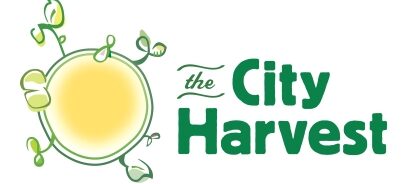
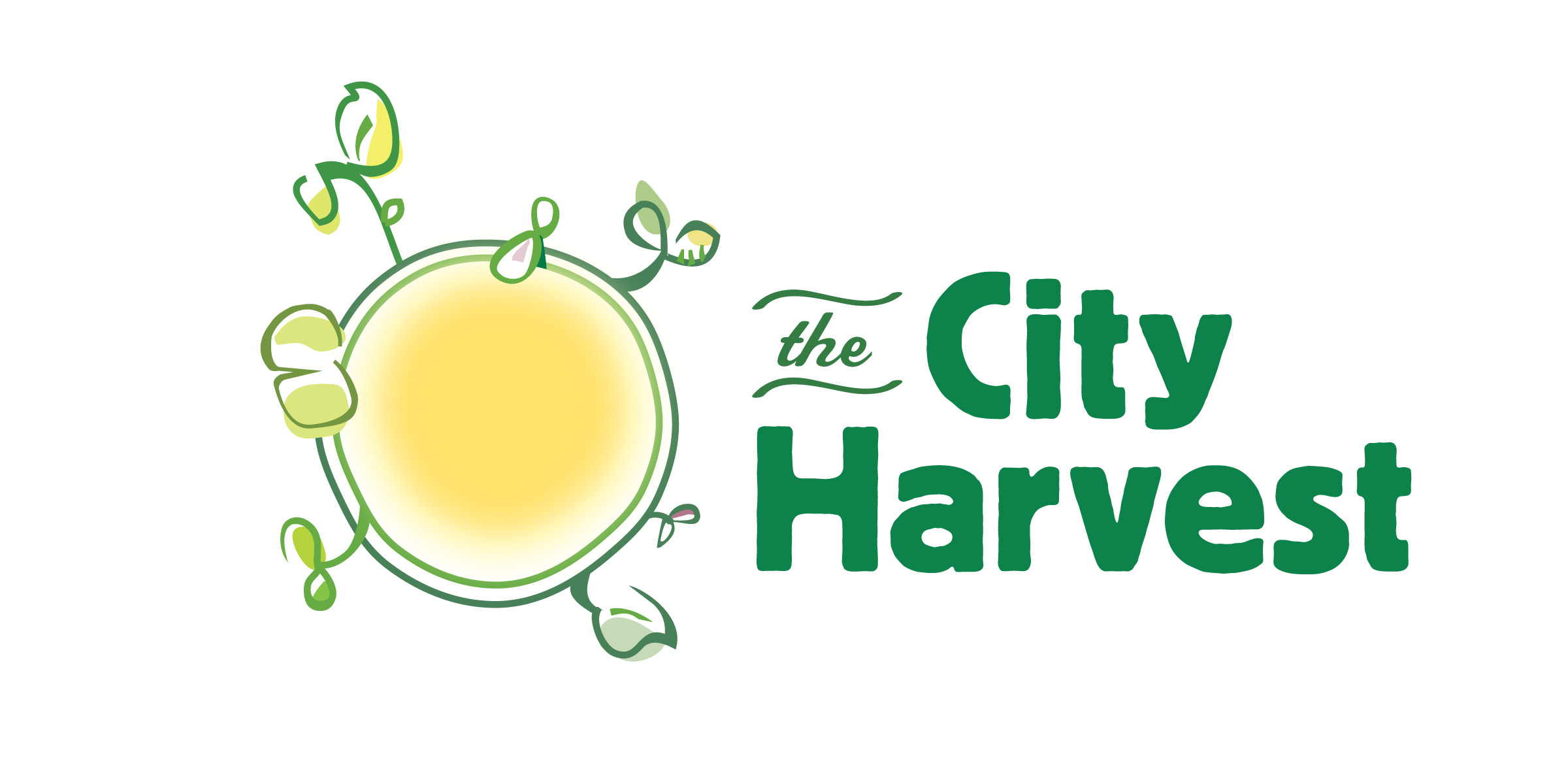
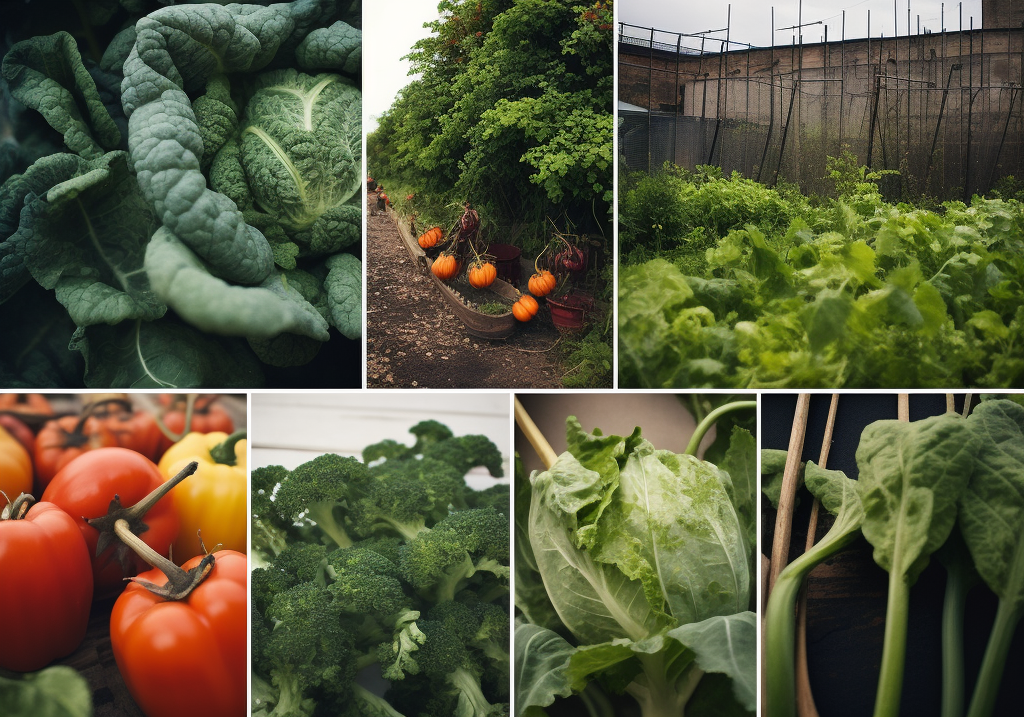
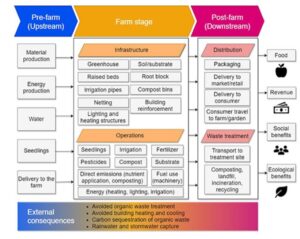
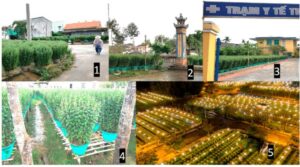
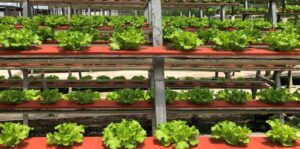
Pingback: A Guide for Starting a Small Urban Farm - The City Harvest
Pingback: What is Good Garden Soil? - The City Harvest